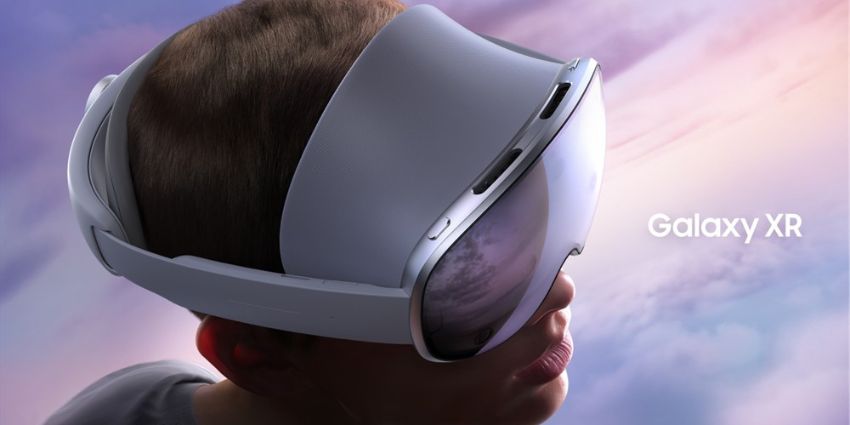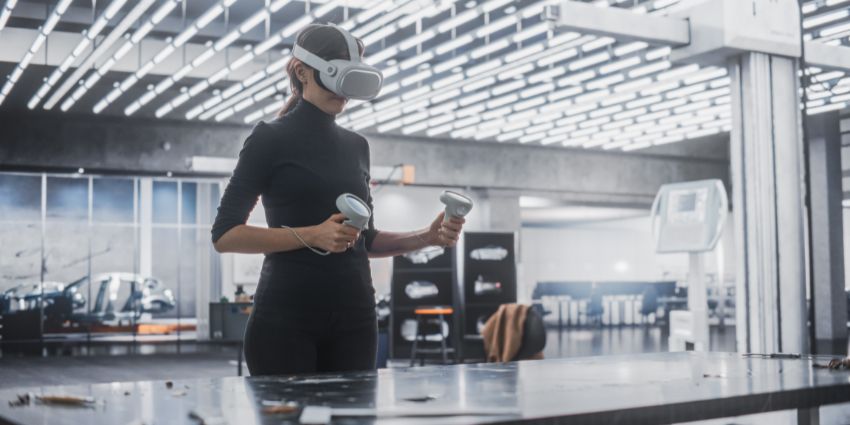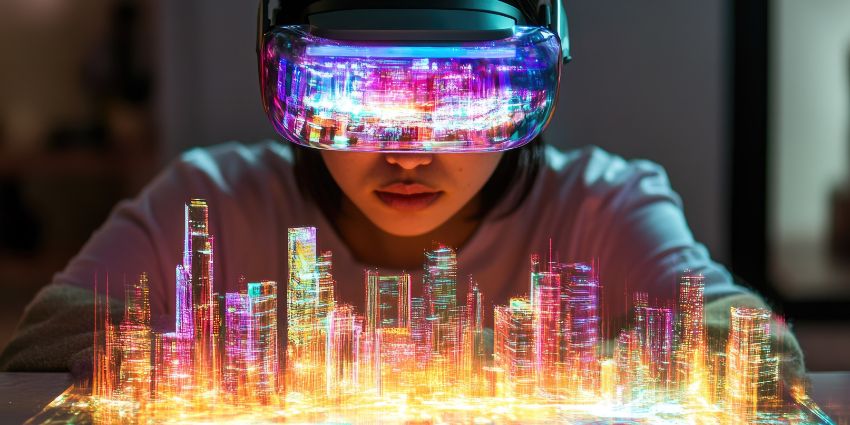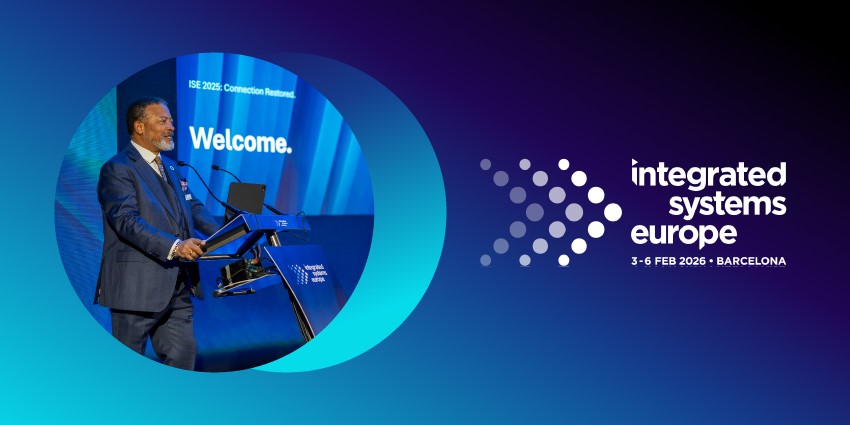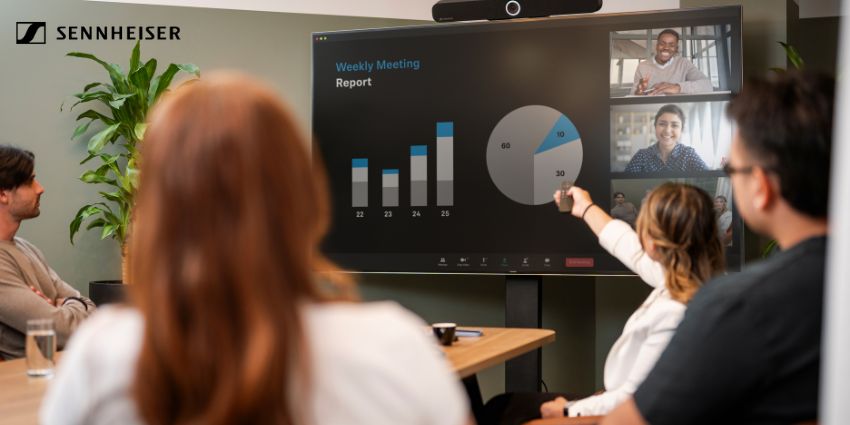Samsung has finally thrown its hat into the mixed reality ring with the Galaxy XR, the first headset running Android XR, Google’s new operating system for spatial computing.
The timing is significant: Apple’s Vision Pro, intended to usher in a new era of headsets, stumbled with high prices and limited practical utility.
At $1,800 – roughly half the Vision Pro – Samsung is making a bold play for a more open, AI-powered alternative.
The Galaxy XR looks familiar: a large visor, multiple external sensors for hand and eye tracking, and an internal array for face and iris recognition.
“With Galaxy XR, Samsung is introducing a brand-new ecosystem of mobile devices,” said Won-Joon Choi, Chief Operating Officer of Mobile eXperience (MX) Business at Samsung Electronics.
“Built on Android XR, Galaxy XR expands the vision for mobile AI into a new frontier of immersive and meaningful possibilities, allowing XR to move from concept to everyday reality, for both the industry and users.”
“Galaxy XR gives you an infinite screen to explore your apps, with Gemini by your side,” said Shahram Izadi, VP for Android XR, Google.
“It lets you switch between being fully immersed in a virtual environment and staying present in the real world, and you can navigate the interface naturally with your voice, hands and eyes.”
AI at the Helm
Android XR borrows familiar elements from mobile Android, but adds depth with spatial AI and Gemini, Google’s context-aware assistant.
Voice commands work naturally – no wake word needed – and Gemini can organise apps, adjust settings, or surface information based on what you’re looking at.
The platform also blends the old and the new. Standard Android apps like Google Photos, Maps, and YouTube are fully supported.
Google Photos can turn flat images into layered, quasi-3D scenes, while Maps allows you to explore streets or businesses in stitched-together 3D spaces. YouTube gains a dedicated spatial tab for immersive 180° and 360° videos.
Under the hood, Samsung relies on Qualcomm’s Snapdragon XR2+ Gen 2, paired with dual micro OLED displays delivering 3,552 × 3,840 pixels per eye at 90Hz.
Not as fast as the Vision Pro’s 120Hz, but the sharper resolution and vivid colours make a compelling case for image quality.
Battery life runs two to two-and-a-half hours, with pass-through charging available.
Iris recognition simplifies logins, and built-in spatial audio rounds out the immersive experience.
The Galaxy XR doesn’t project your face externally like Apple’s, but that omission feels inconsequential; Samsung has clearly prioritised practicality over spectacle.
Communications and Collaboration
A distinguishing feature of Galaxy XR is its potential for remote collaboration. Gemini can organise multiple apps, surface relevant information in meetings, and support spatialized co-working scenarios.
Users could interact with 3D models, shared documents, or video content simultaneously, enhancing remote collaboration beyond what standard video conferencing offers.
Practical adoption will depend on ergonomic comfort, battery life, and enterprise integration.
While the headset is lighter and better balanced than the Vision Pro, extended use may still be fatiguing.
Additionally, meaningful adoption requires developers and companies to build applications that go beyond novelty and genuinely improve workflow.
Beyond media, the Galaxy XR targets productivity and collaboration. It can run Android games, connect to a PC for desktop VR, and pair with keyboards, mice, or gamepads.
Upcoming tools like Likenesses, which creates avatars for video calls, and Veo3 for AI-assisted video generation, hint at a future where the headset could become a serious creative and workplace tool.
Samsung sweetens the deal with the “Explorer Pack”: a year of Google AI Pro, YouTube Premium, Google Play Pass, NBA League Pass, and other XR apps. The ecosystem isn’t just an afterthought; it’s integral to how Samsung envisions mixed reality being used.
Open vs. Closed
This is where Samsung has a potential edge. Android XR is built on open standards – OpenXR, WebXR, Unity – giving developers far more freedom than Apple’s closed VisionOS.
In theory, this could accelerate app creation, integration with enterprise systems, and adoption across devices.
Apple prioritises polish and consistency; Samsung bets on flexibility and experimentation.
In practice, this could make Galaxy XR a better fit for collaborative work, creative tasks, and scenarios that demand adaptability.
Gemini’s contextual AI could organize floating apps, surface relevant data, and help teams interact with 3D content – something a Vision Pro, tightly constrained by its ecosystem, struggles to match.
Verdict: Pragmatic, Not Revolutionary
Headsets remain niche, and long-term adoption depends on software maturity, comfort, and real-world utility.
But Samsung has produced a capable, thoughtful device: lighter than Apple’s, cheaper, integrated with a wider ecosystem, and infused with AI that feels genuinely useful.
It’s a platform built for experimentation, creativity, and enterprise use – a credible alternative to Apple for developers and early adopters.
Mixed reality still has a way to go before it becomes mainstream, but the Galaxy XR demonstrates that Android, with a little help from Google and Qualcomm, is ready to stake its claim.
